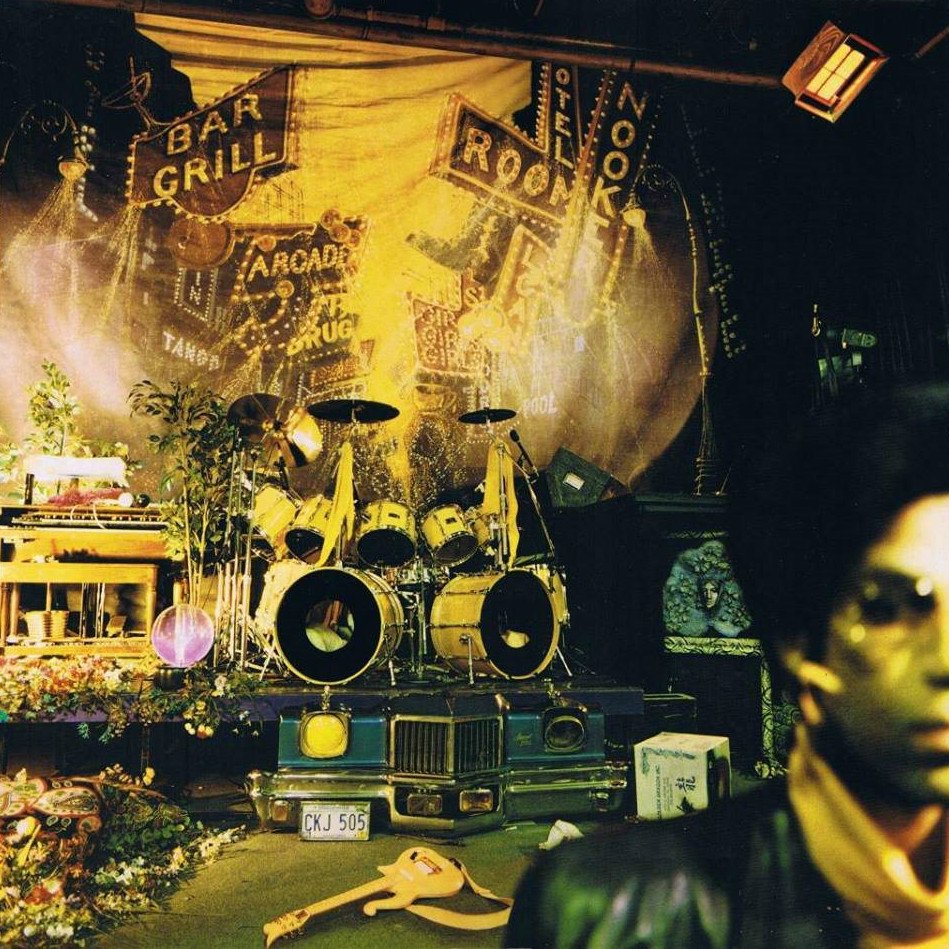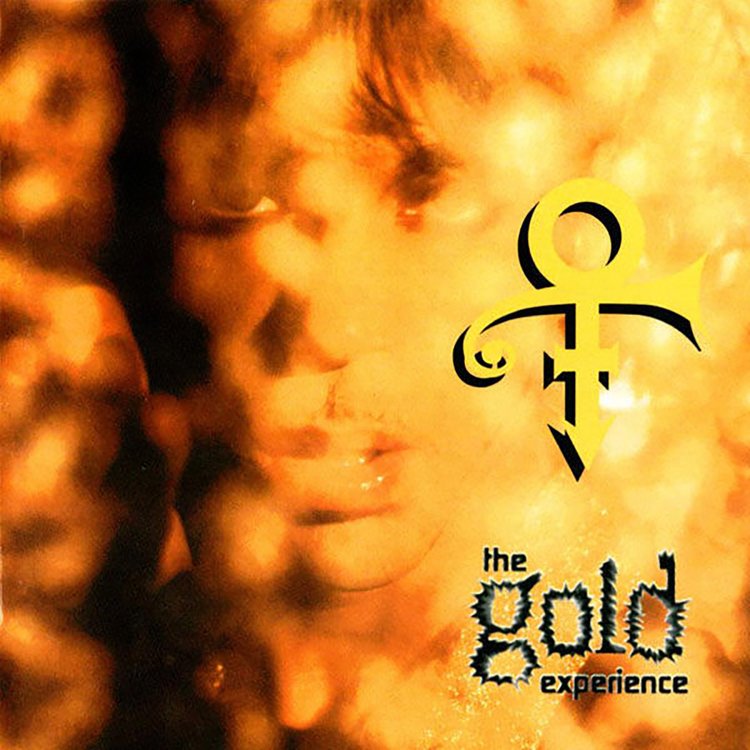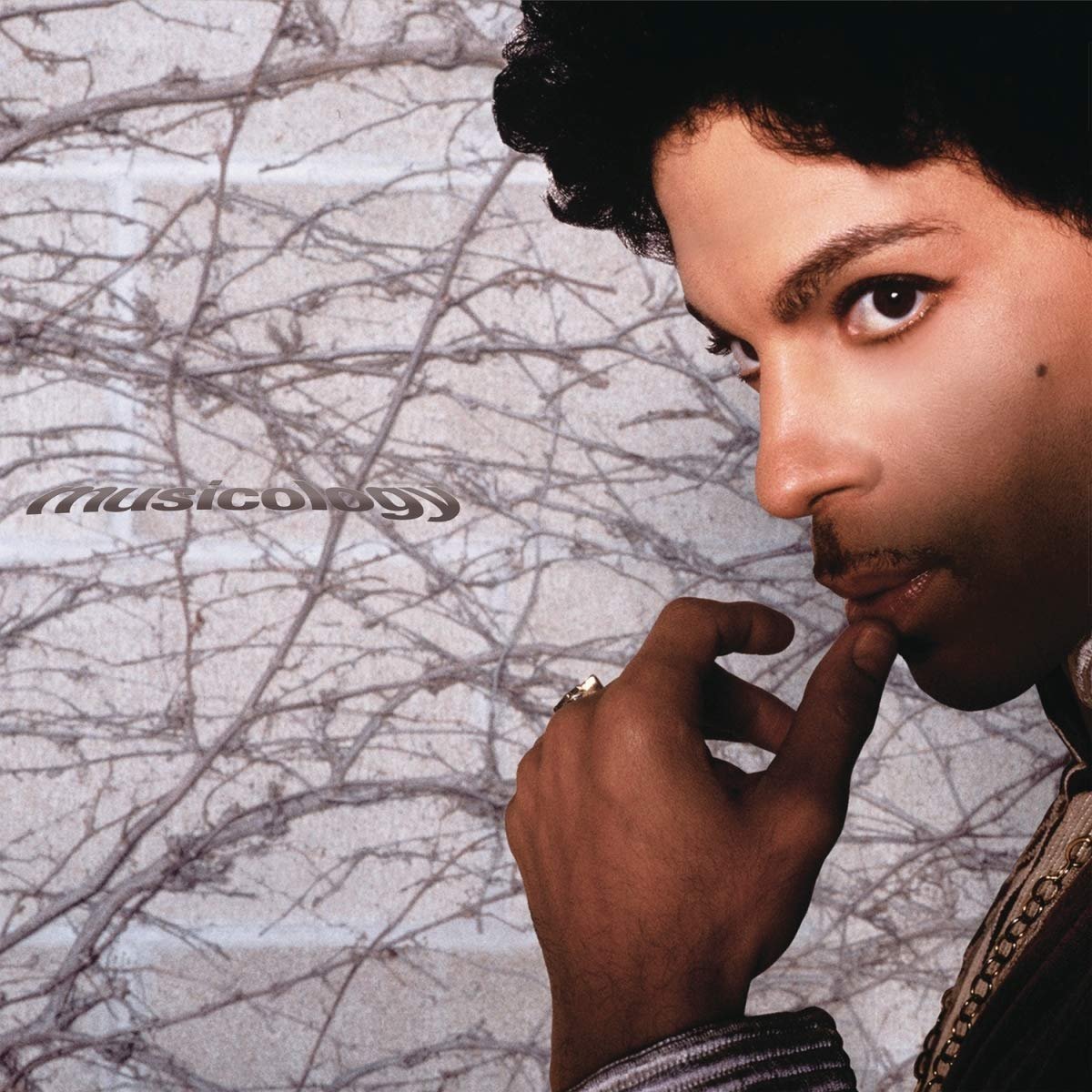Happy 40th Anniversary to Prince’s fifth studio album 1999, originally released October 27, 1982.
I was dreaming when I wrote this, so forgive me if it goes astray. Growing up in Australia, the music on the radio was my connection to the world. Over the waves came sonic delights that would stir up emotions in me and transport me to worlds of buzzing guitars, new wave synth runs, or new romantic stylings. Through radio I discovered music from faraway places like the UK and USA, and music from right around the corner. There was something to be said for listening to music late at night on my little radio in my room. I had control of the airwaves. I could tune the dial into mysterious transmissions that forced me to stop and listen. And it was music I was discovering. It was my hand on the dial.
One night, crackling through the airwaves came this strange, haunting voice. It sounded part human, part godlike. Deep and resonant. And it told me, “Don’t worry, I won’t hurt you. I only want you to have some fun.” Then this swirl like a crashing wave started against a weird sounding drum groove, and soon a sonic explosion heralded the revelry. I was hooked. And for the next six minutes I sat transfixed, listening to this weird song. It sounded dreamy and fun, but the words were talking about war and atomic bombs. The apocalypse. For my young brain it was scary and fun. It was my “War of the Worlds” moment, like I had intercepted a transmission of impending doom from outer space.
And in those six minutes, my world had changed. I have no idea what song played after it on the radio because it didn’t have the same impact. I soon discovered it was a new song from Prince, whose song “Sexuality” off his Controversy (1981) album had grabbed me a year earlier. And this was his first shot across the bow, heralding the arrival of a new album. An album that would become as influential on a new music scene as it would become on me.
Finally getting my hands on the album a month later after pooling my pocket money from extra chores around the house, I held the single disc in my hand. And I know, right now, avid Prince fans all over the world are screaming, “It was a double album!” But in Australia, for whatever reason, 1999 was trimmed to a 7-track single LP consisting of “1999,” “Little Red Corvette,” “Delirious,” and “Free” on Side A, and “Let’s Pretend We’re Married,” “Something in the Water (Does Not Compute),” and “Lady Cab Driver” on Side B. It would be almost a year later that I found out 1999 was originally a double album, and hearing those extra tracks was like discovering a Deluxe Edition of the album long before such things existed.
The thing that struck me then, and still holds true now, is that with 1999, Prince released an album that was of its time and ahead of it. Here he was solidifying the sound that would shape and define his career. Here, his previous flirtation with new wave would meld perfectly with his grounding in funk, and his push into a world electronica with lush synths and tweaked and prodded drum machines would see him create a whole new sonic landscape, a style that would soon be coined “the Minneapolis sound.” Here, his musical influences and stylings became his own.
Watch the Official Videos (Playlist):
The perfect case in point is the title track. Opening with the apocalyptic celebration of impending nuclear war, “1999” became an unlikely party jam, set against stabbing funk synths, a funkier than thou guitar riff, and what would become classic Prince drum machine programming, with crisp snare, spanking claps, pounding groove, and rolling toms used as an accent to create a sound that was unlike anything else. The track also introduced us The Revolution, a band (or at this stage, at least the illusion of a band) backing Prince. “1999” slinks along amidst the dread of a nuclear threat but with a carefree abandon. The shadow of impending annihilation fades in the final few minutes when the song blasts into the stratosphere bolstered by a chorus of “party” that bathes you in the joy of one last hurrah before crashing down into the doomsday fear.
Set in an era where the threat of nuclear doom permeated an ongoing sense of fear in daily lives, 1999 as an album feels like it’s creating a counterculture. Sonically it’s stark, crackling with electricity humming from synths and drum machines, a dark Blade Runner-esque world filled with inviting neon and scenes that unnerve and delight.
There was a sense of danger in listening to 1999. Tracks like the epic “D.M.S.R” feature rich and multilayered drum machines, heavy synth work, and a sense of coming together, of finding your tribe, in the vocal call and response feel. It’s gritty, grimy funk, provocative and alluring. While “Automatic” delves into darker territory, equally seductive in its arrangement, as it draws you in deeper and deeper as it slinks along. And who can resist that final flurry in the closing minute?
As dark and ominous as some of the tracks on 1999 feel, none are quite as dark as “Something in the Water (Does Not Compute)” that still triggers a sense of dread and chills. With the drum machine set to panic, the song bubbles along sinking the listener into a well of desperation and despair. Prince lays it all out on this track with heightened pained screams and frustration. The clash of sounds from the totally alien almost android music to the raw humanity of the vocals make this a compelling track, and one of his most underrated.
As if to counter the brooding feel, Prince delves into his poppier side on several tracks with mixed success. “Delirious” with its quirky, bouncing synth run and rockabilly beat always felt throwaway to me. And still ‘til this day I am constantly surprised by its popularity with mainstream audiences. It just wasn’t for me, I guess. Likewise, the designated ballads of the album, “Free” and “International Lover” don’t hold me as much as they should. In retrospect, you can see how they are important steppingstones for the ballads to come, but unlike their offspring, they never captured me the same way “The Beautiful Ones” (Purple Rain), “The Ladder” (Around the World in a Day) and “Still Could Stand All Time” (Graffiti Bridge) did. All of which are superior reincarnations.
Of course, the most successful dalliance into the pop scene came with the sultry “Little Red Corvette.” Who can resist that opening line and the slow-burn narrative of seduction. With one of his most singalong chorus, Prince crafts “Little Red Corvette” to be the perfect vehicle to have him cross over into mainstream pop success.
Enjoying this article? Click/tap on the album covers to explore more about Prince:
If “Little Red Corvette” turned people on with its seductive ways, then “Let’s Pretend We’re Married” truly shocked with its unadulterated explicitness. At seven minutes long, “Let’s Pretend We’re Married” is a raucous, driving, intense, dirty work out—and oh so irresistible. That synth bass line seems to pump blood into the appropriate places of the track, and the song edges to be more demanding and darker as it progresses. The fact that all instruments are digital and artificial adds to the subversiveness of the track. And in the final minute—well, just imagine young child listening to this with headphones on, eyes wide as he hears words he never thought could be placed on a record. It was daring. Dangerous. It always makes me laugh that it was “Darling Nikki” off Purple Rain that caused such an uproar for its explicitness, when by comparison Nikki is quite a prude.
Explicitness, though a little more implied, is present in the funky and sexy “Lady Cab Driver.” Augmenting the driving drum machine, Prince sits behind the skins and gives the track an extra sense of urgency with little flourishes here and there. The bass work and bubbling synth work keep the track jostling along, and here we journey into Prince’s loneliness and longing for connection, and his wicked sense of humor.
“All the Critics Love You in New York” is a one-man band workout that sees Prince enjoying what he can create in the studio with all of his electronic gadgets. But it fails to deliver on the same scale as other tracks. Maybe it’s my experience of 1999 as a 7-track album that, save for “D.M.S.R.,” offers a more vital and compelling sequence, trimming the excess of tracks like “New York” for a more focused and cohesive telling.
Regardless, 1999 is Prince’s seminal work—an inspiring and influential blueprint for what was to come. Here, his musical ambition matched his delivery. When you listen to it, you discover the journey of an accomplished musician becoming a true artist. Someone leaning into his own individuality and believing in the creation, and that, in turn, an audience will be found.
LISTEN:





